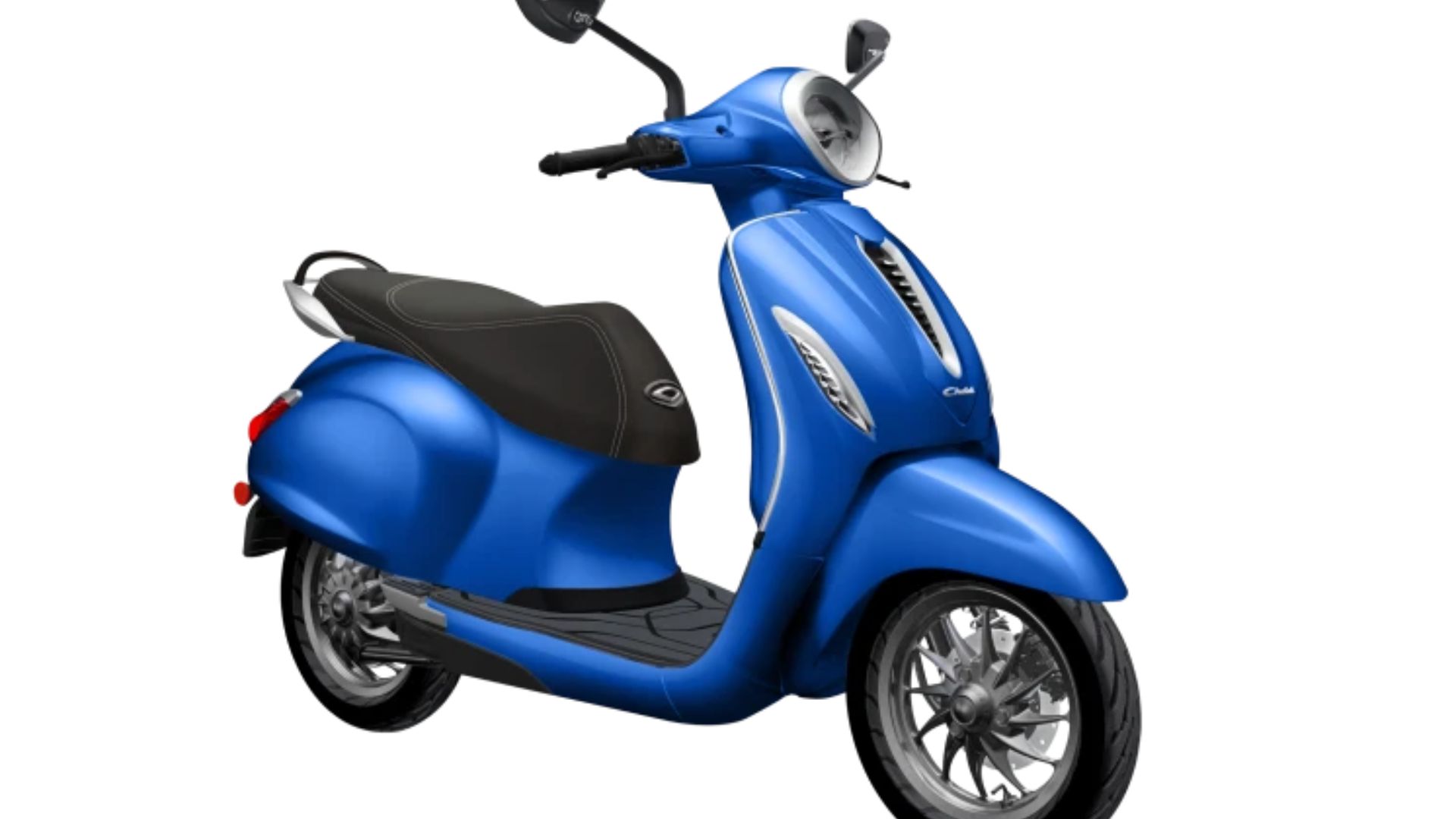The festive season has proven to be a significant boost for electric vehicle (EV) manufacturers, with sales of electric two-wheelers skyrocketing by 85% year-on-year (YoY) in October 2024. A total of 139,031 units were sold during the month, a remarkable increase from 75,164 units in October 2023.
This surge reflects a broader shift in consumer preferences, moving away from petrol-powered vehicles toward electric options. In the first ten months of 2024, a total of 954,164 electric two-wheelers were sold, marking a 38% increase compared to the same period last year, when sales stood at 692,363 units.
Ola Electric, despite facing challenges related to service and product quality, managed to sell 41,605 units in October. This is a notable rise from the 27,615 units sold in August and 24,716 in September. The year has been a roller coaster for Ola; it began with sales of 32,424 units in January, peaking at 53,640 units in March. However, the company’s market share dipped from a high of 38% to 27% by September.
Other manufacturers also enjoyed substantial growth. TVS Motor saw sales of 29,890 electric two-wheelers in October, an impressive 81% increase from 16,507 units in the same month last year. This growth enabled TVS to reclaim the number two spot in market share with 21%, following Bajaj, which slipped to third.
In 2023, TVS sold 166,581 units of its iQube model, outpacing Bajaj Auto’s Chetak sales of 71,940 units. The gap between the two companies has narrowed significantly this year, now at just 27,164 units.
As electric two-wheeler sales continue to rise, the trend indicates a shifting landscape in the automotive market, with consumers increasingly opting for greener, more sustainable transportation options.
















